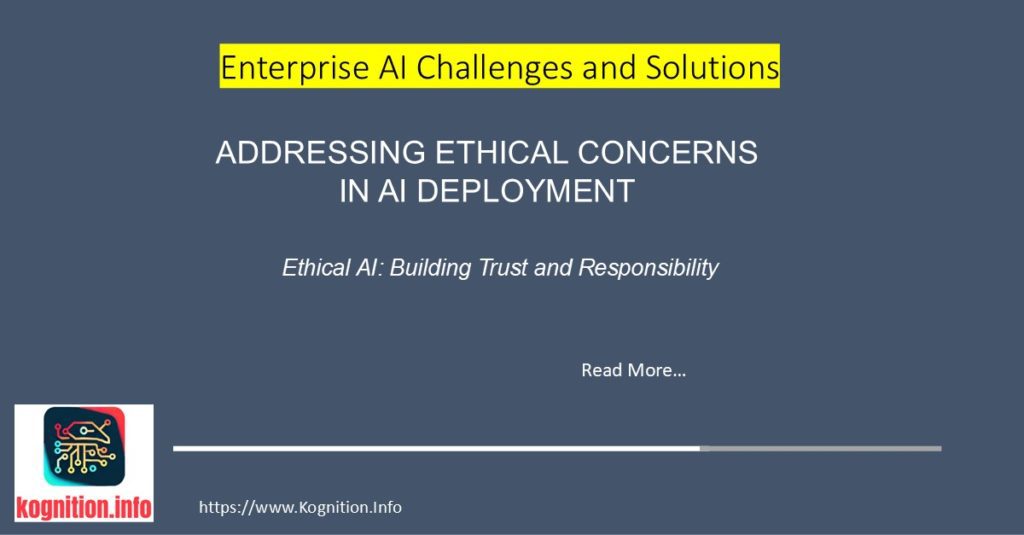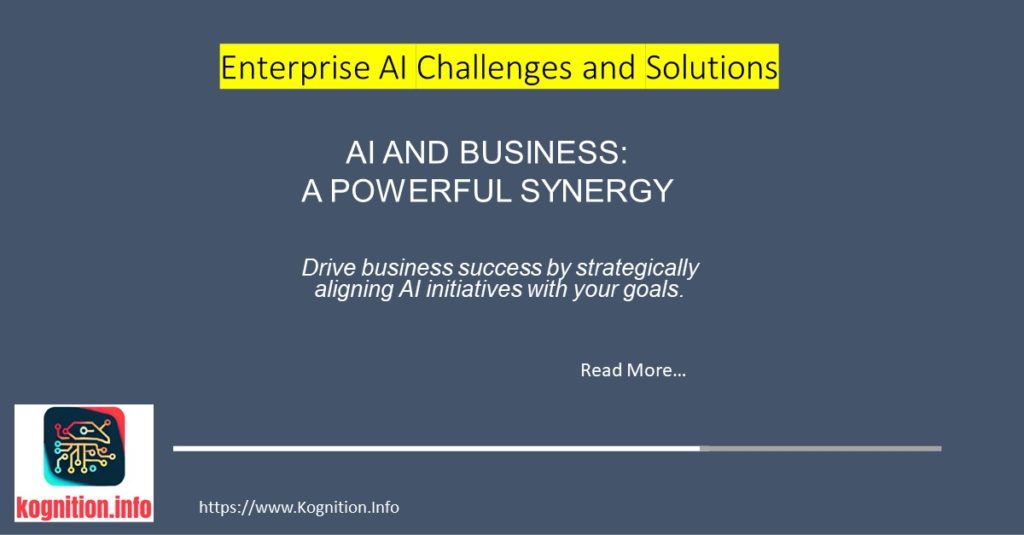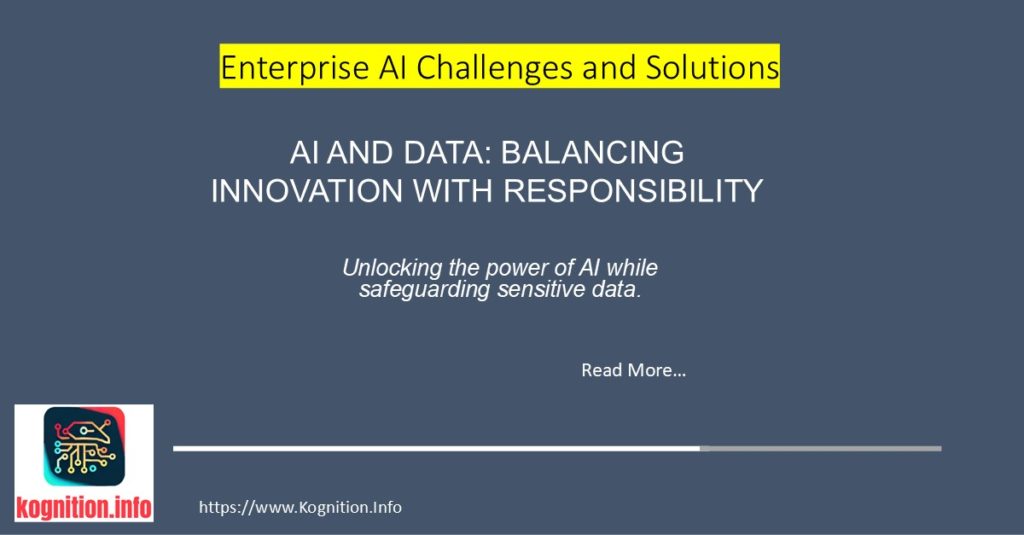The Build vs. Buy Balancing Act: Navigating AI Solution Choices Custom or Ready-Made: Finding Your Enterprise’s AI Sweet Spot As AI adoption accelerates across industries, CXOs face a fundamental strategic choice with far-reaching implications: build custom AI solutions tailored to their specific needs or implement ready-made, off-the-shelf offerings. This decision extends beyond traditional IT “build…



